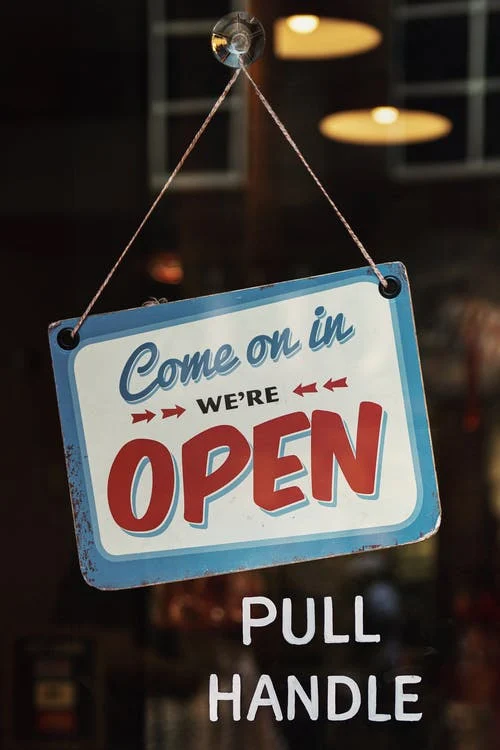
If you want your business to succeed, you need to foster strong working relationships with vendors as well as clients. This means expanding your focus to move beyond just looking for the best price, and instead placing a premium on a vendor’s trustworthiness, their risk profile, and their commitment to social responsibility.
Here are some quick tips on how to overcome the most common supply chain issues:
- Have a contingency plan. This means having a backup plan in place in case of unexpected disruptions. For example, you could have multiple suppliers for the same product or have a plan to switch to a different mode of transportation if there are delays.
- Be transparent with your customers. Let them know about any potential delays or disruptions so that they can adjust their expectations. This will help to reduce the risk of customer dissatisfaction.
- Work closely with your suppliers. This will help you to identify and address potential problems early on. It will also help you to build a strong relationship with your suppliers, which can be helpful in times of crisis.
- Use technology to your advantage. There are a number of supply chain management (SCM) tools that can help you to improve efficiency and visibility. These tools can help you to track inventory, manage orders, and communicate with suppliers.
- Be prepared to adapt. The supply chain is constantly changing, so it’s important to be prepared to adapt to new challenges. This means being flexible and being willing to change your plans as needed.
By following these tips, you can help to overcome the most common supply chain issues and keep your business running smoothly. While the cheapest contracts might save your business money in the short term, strong vendor relationships can help it grow in the long term. When you have a vibrant relationship with a supplier, you’re better able to work together to meet the needs of your organization. Your business will thrive with the loyalty of a vendor who values your working relationship.
Follow these five steps to make it happen.
1) Use Modern Procurement Processing Tools

Modern supplier relationship management tools can help you monitor and respond to vendor risk, negotiate and renegotiate contracts, search for alternative suppliers when supply chain issues emerge, and more. But instead of looking for a tool and then retrofitting your procurement processes to suit that tool, you should do it the other way around — identify the weak points in your procurement process and then look for a software solution that meets those needs.
Whatever supplier management tool you choose, it should make managing your supply chain and vendor relationships easier, not harder. It’s not much good if you enter a bunch of information into your software, but then don’t know how to retrieve it later or can’t make sense of it once it is retrieved. Figure out how you can make your procurement process more efficient, and where you need more support from a software tool, and then choose a tool that supports those goals.
2) Take Social Responsibility Seriously
These days, more and more consumers are considering things like supplier carbon footprints, sustainable business initiatives, and social responsibility policies when making purchasing decisions. Many customers will want to know that you’re taking environmental issues and other social responsibility issues, like the welfare of workers and communities, seriously before they’ll decide to partake of your products and services. The best vendors know this, and they want to fulfill their social responsibilities. They want their own customers, the companies they do business with, to take social responsibility seriously, too.

3) Work Closely Together
Strong supplier relationships aren’t just about telling your suppliers what you want, paying them on time, and waiting for them to deliver it. Like any other relationship, your relationships with your suppliers go both ways — or, at least, they should.
Think of your suppliers as your business allies and your relationship as an alliance. Like political allies, you should work together to meet one another’s mutual needs in ways that benefit you both. That can involve developing a platform and protocols for resolving the problems that inevitably crop up, working together to set goals and objectives that benefit both parties, and collaborating to source materials and supplies.
4) Group Suppliers by Category
Category management can further streamline your procurement process by globalizing contract terms for all of the suppliers you work with, as well as helping you get bulk discounts when you consolidate vendors. Grouping vendors by category can help you pinpoint sources of spend leakage and maverick spending that occurs outside of contract terms, to help you cut costs. It also makes it easier to manage your supply contracts and coordinate getting the supplies and materials you need.
5) Foster Transparency and Collaboration

Coronavirus Is Proving We Need More Resilient Supply Chains
Transparency and collaboration — honesty and working together — are the bedrock of any successful business relationship. Be honest with your suppliers about what you expect from them, especially when you’re working with multiple suppliers. As far as possible, outline your expectations in writing in your contract, so there can be no confusion later on. Share your organization’s goals and how you hope your relationship with your suppliers can help you reach those goals. Make sure they know what they can expect from you, also, especially in terms of oversight and feedback.
As your relationship with a supplier grows, you will find that both parties are interested in working toward mutually beneficial outcomes. Of course, you’ll need to keep the lines of communication open, and keep a close eye on your supplier risk levels and contracts. If your relationship with a supplier veers away from a place of effective collaboration and trust, you may need to reevaluate whether that relationship is worth saving.
Good supplier management isn’t just a matter of getting the best contract terms or lowest prices. You need suppliers who want to support your business goals and work together for your mutual benefit. When you find vendors who’ve got your back, everything else just seems to fall into place.




